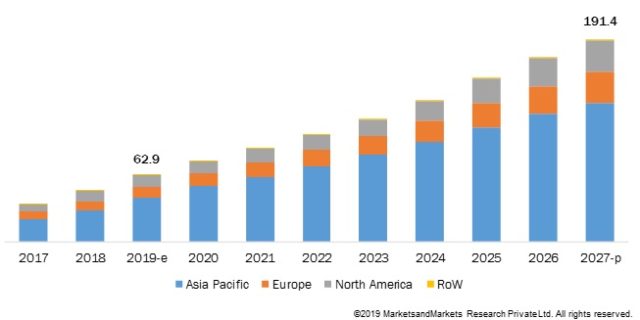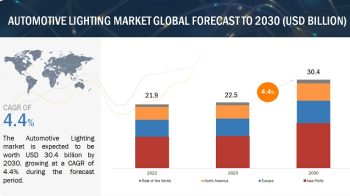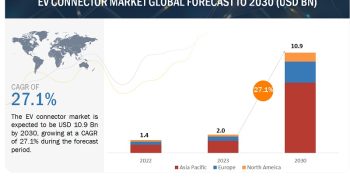
The global electric powertrain market size is projected to reach USD 191.4 billion by 2027 from an estimated USD 62.9 billion in 2019, at a CAGR of 14.9% The growth of the global electric powertrain market is influenced by factors such as stringency in emission norms, government initiatives toward popularizing electric vehicles, and developments in various powertrain components. Therefore, the electric powertrain market is expected to witness significant growth in the future.
Motor/generator is expected to grow at the fastest CAGR in the BEV powertrain component market
Motor/generator is estimated to be the fastest growing segment in the BEV powertrain market. With the need to decrease CO2 emissions, automakers are switching to pure electric models. Various developments in motor/generators to improve the performance of the BEVs are also driving the BEV electric powertrain market. For example, Tesla Model S uses two motors, and Rimac Concept One uses four motors for improved performance. The rise in sales of BEVs and developments in BEV powertrain motor concepts will drive this market segment in the future.
Request Sample Report: https://www.marketsandmarkets.com/requestsampleNew.asp?id=97605711
Asia Pacific is expected to lead the electric powertrain market during the forecast period
Asia pacific is estimated to be the largest market for electric powertrains as China is at the forefront of this technology globally. With the intention of curbing pollution and making China a manufacturing superpower, the Chinese government has already spent heavily on incentivizing and subsidizing electric vehicle sales. Also, the allocation of funds for building the necessary electric vehicle infrastructure has also propelled the electric powertrain market in China with 466,100 public charging connectors—more than any other country in the world. India is also set to implement BS VI emission norms by 2020, encouraging the mass adoption of electric vehicles in the future. Government-owned power companies such as Energy Efficiency Services is planning to install 10,000 charging stations in the next two years. The South Korean government is offering subsidies for domestic manufacturing of electric vehicles and R&D in chips and batteries to increase the production capacity of zero-emission cars from the current 1% to 10% by 2022. Additionally, the presence of major players in this region would drive the Asia Pacific electric powertrain market in the future.
MHEV powertrain is expected to grow at the fastest CAGR in the electric powertrain market
The 48V MHEV is an attractive revenue pocket for automakers right now. It is capable of delivering 70% efficiency of a conventional ICE powertrain. Owing to slowdown in diesel-powered vehicles and stringency in CO2 targets, manufacturers are turning to this technology for the market. According to Emission Analytics, the mass adoption of mild hybrids over BEVs is an effective solution to cut down emissions. Also, owing to the dropping prices of lithium-ion batteries, various automakers are turning to optimize lithium-ion batteries in their 48V systems. To optimize costs and packaging, Hella developed a 48V power pack that combines a 48V battery, BMS, and DC/DC converter, making it easier to integrate into the existing vehicle architecture.
Inquire Before Buying: https://www.marketsandmarkets.com/Enquiry_Before_BuyingNew.asp?id=97605711
Key Market Players
The electric powertrain market is dominated by globally established players such as Bosch (Germany), Mitsubishi Electric (Japan), Magna (Canada), Continental AG (Germany), and Hitachi (Japan). These companies developed new products, adopted expansion strategies, and undertook collaborations, partnerships, and mergers & acquisitions to gain traction in this high-growth electric powertrain market.
Related Reports:
Electric Vehicle Market – Global Forecast 2030
Vehicle Electrification Market – Global Forecast to 2025
Driveline Market – Global Forecast to 2025


